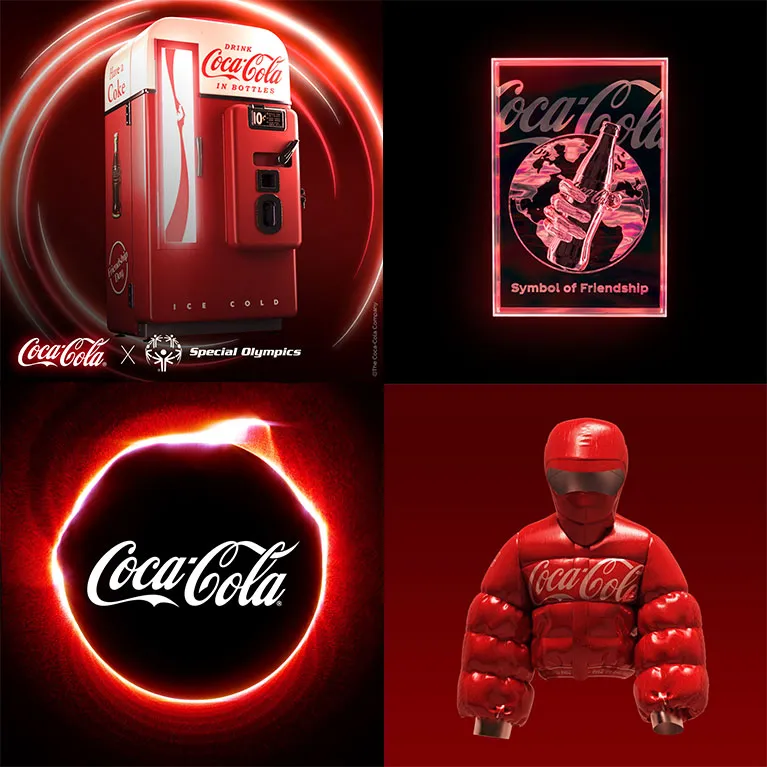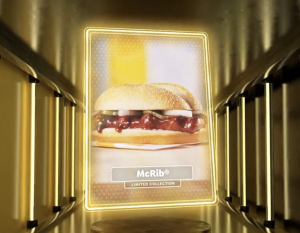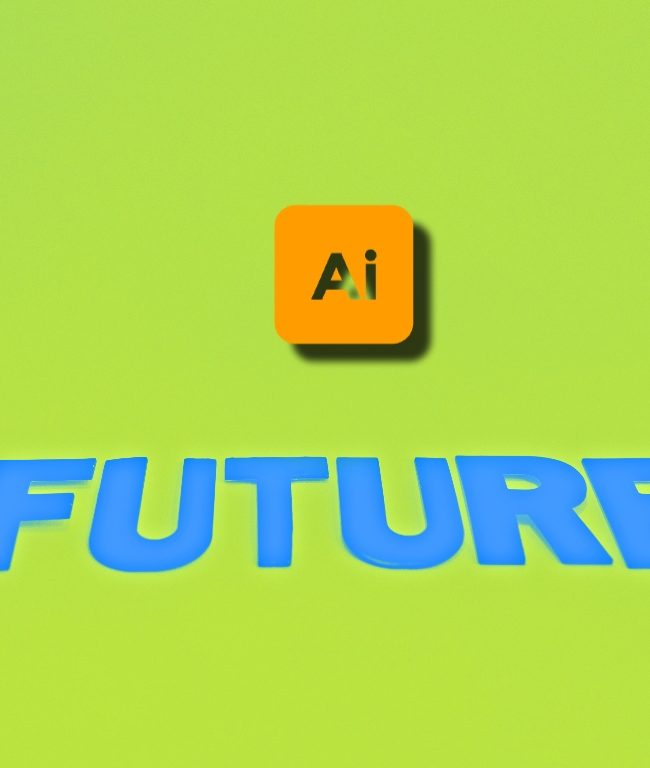
So, have you heard about NFTs?
They’re all the buzz right now in the marketing world. Non-Fungible Tokens are changing the game, allowing marketers to create unique digital assets and engage with their audience like never before.
It’s a whole new agenda for us, and the possibilities are endless!
Ushering A New Era
Within just a year, the NFT buzz has taken the world by storm. Despite being surrounded by controversy here and there, NFTs are an undeniable sign that the future has come for the gaming and art communities and opening a world of millions of possibilities – and dollars – for artists, gamers, and even marketers globally.
This explosive phenomenon, doubled by the coming of Facebook’s metaverse, has shaken off people’s doubts about the longevity of NFTs.
They are pretty much here for a long time, and not just for a good time, if you know what we mean – even top global brands have hopped on the NFT train to strengthen their image, tap into new audiences, and crack into new possible revenue streams.
Before that, what exactly is an NFT? How are they made, and how did they begin to make waves in the crypto-verse?
NFTs Are Non-Fungible
Here’s a little crash course on NFTs: NFTs stand for Non-Fungible Tokens – these digital assets exist on a blockchain or recorded transactions stored in networked computers. To assure the uniqueness of each token, these records allow the verification of each token’s authenticity.
But, maybe that’s quite too complicated, so let’s backtrack a little further.
What is a crypto token?
Tokens refer to virtual currencies or denominations that represent fungible or tradable assets that have blockchains. These can be used for transactions such as purchases, investments, or even raising funds for crowd sales.
NFTs work pretty much that way, but – as it says in its name, non-fungible – you will not have the same kind of token once you trade it. In other words, Trading NFTs are quite like swapping trading cards from different franchise decks – you will get a completely different, unique card. It’s like trading your OG Blue Eyes White Dragon Yu-Gi-Oh! Card for a classic Pikachu card.
These tokens can take any form: Art, Music, Photographs – if your brain can conceive it, you can turn it into an NFT, and can be sold by the millions if you play your cards right and if the market demands it, like Beeple’s “Every day – The First 5000 Days” digital artwork which sold for $69 million. And it’s not only artists making waves with NFTs, even celebrities such as Paris Hilton, Grimes, and Logan Paul have entered the market, too.
With NFTs opening up new revenue streams for everyone, brands have jumped on the trend to usher in a new era of marketing possibilities. Read more on some of the NFTs that have made the news.
NFTs Are Worth Collecting
Since NFTs are like collector’s items (in a way), brands use them as a way to create scarcity and more value for the brand, driving people who are huge fans of a celebrity who minted them or regular patrons of a fast-food chain or even a sports brand to cop these digital collectibles.
Take Under Armour for example, who released an NFT of Steph Curry’s Curry 9 Flow shoe model when he broke the NBA’s three-point shooting record. Not only was it “minted” (meaning created, in NFT lingo) for artistic purposes, the collection boasts 2,974 copies which is equal to how many three-pointers he has shot in his NBA career until he shattered the record. These NFT pairs of sneaks can then be used to customize the buyers’ characters in a metaverse or games that support NFTs like Fortnite.

Steph Curry’s 3 Pointer NFT, Under Armour
These then create value in the brands as a way to immortalize their history or achievements, or even just capture the emotional value these items bring to the consumers.
This innovative, creator-centric way of unlocking monetization models for the digital space has created infinite possibilities for creators and brands to not just create value for their consumers, but also for the companies themselves – with many of them donating the proceeds of the NFTs sold to their chosen charities and advocacies.
An example of this is Coca-Cola, whose digital collectibles revolve around the theme of “friendship” and moments shared in between and released at an auction on International Friendship Day last July 2021. These proceeds from the sold NFTs (which are a wearable delivery jacket (wearable in Central and), a “Friendship Box” which looks exactly like those iconic Coca-Cola vending machines, a sound visualizer, and a friendship card) went to the company’s long-term partner, Special Olympics International.

Coca-Cola NFTs Collectibles, source: The Coca-Cola Company
From your favorite thirst quenchers to the childhood card game you grew up playing and probably losing a few friends over (yup, even UNO has joined in on the NFT market), it’s undeniable how NFTs are shattering what we already know and do about marketing, letting brands branch out to other revenue streams such as games and metacommunities, giving them additional entertainment value.
Seeing as how NFTs are positively impacting your favorite global brands, how can you use them to build a stronger consumer community and improve your overall marketing strategies?
While the answer may probably be a bit more complicated than what it initially seems, deciding whether or not to create NFTs is a no-brainer. You just really have to get started, know as much as you need to in the NFT and crypto-verse, begin making a solid, long-term strategy, and experiment.
Be mindful that brand NFTs should not just be about aesthetics or making more revenues for your brand, they must engage the consumers and add value to their user experience.
One good example of this is how McDonald’s hyped up the return of their legendary, saucy, and juicy McRib on their menus in the US by creating and raffling off 10 limited edition McRib NFT cards available to those who will retweet their call for an invitation to buy them. Within hours, their tweet had reached 21,000 retweets – now at more than 100,000 retweets to date. Not only did their NFT generate buzz in the Twittersphere, but it also generated user engagement and PR because the McRib is a much-anticipated return menu item that McDonald’s patrons wait for.

McRib NFT by McDonald’s, source: The Independent
As mentioned, you can mint any NFT that you choose, but it must be aligned with your brand’s values, products, and overall strategy. Without the strategy and values to guide your venture in the NFT world, your creations might become misguided and may confuse your target and current consumers.
Brands are also not limited to merely making artwork of their products or themes that their brand is most associated with (like Coca-Cola and friendship). You can make songs, wearable game items, trading cards, photograph “prints”, and 3D collectible action figures – and the greatest part about this is that there are no limitations to the platforms they can promote it on.
Where’s The Chatter On NFTs?
Currently, the biggest hub where NFT enthusiasts gather around in the common online space is Twitter. So if you’re considering adding NFTs to your brand marketing strategy, get ready to dive deep and engage with your consumers on Twitter. However, NFT promotion is not limited only to social media – you can also do this on online forums like Reddit and your brand’s website.
Read our article ‘NTF this and NFT that‘ to explore more on the subject.
Again, the possibilities for NFTs in marketing your brand are ENDLESS, so before you get left behind, take that leap of faith now and see your brand grow. All it takes is to start now.




